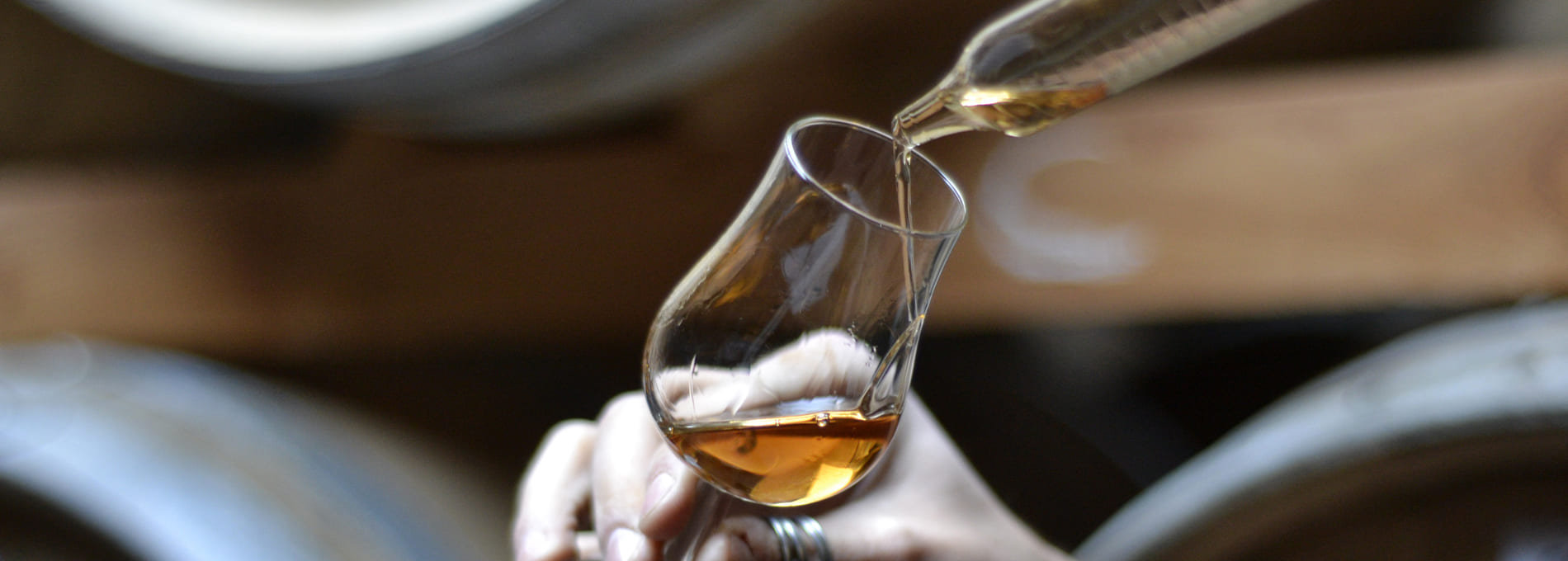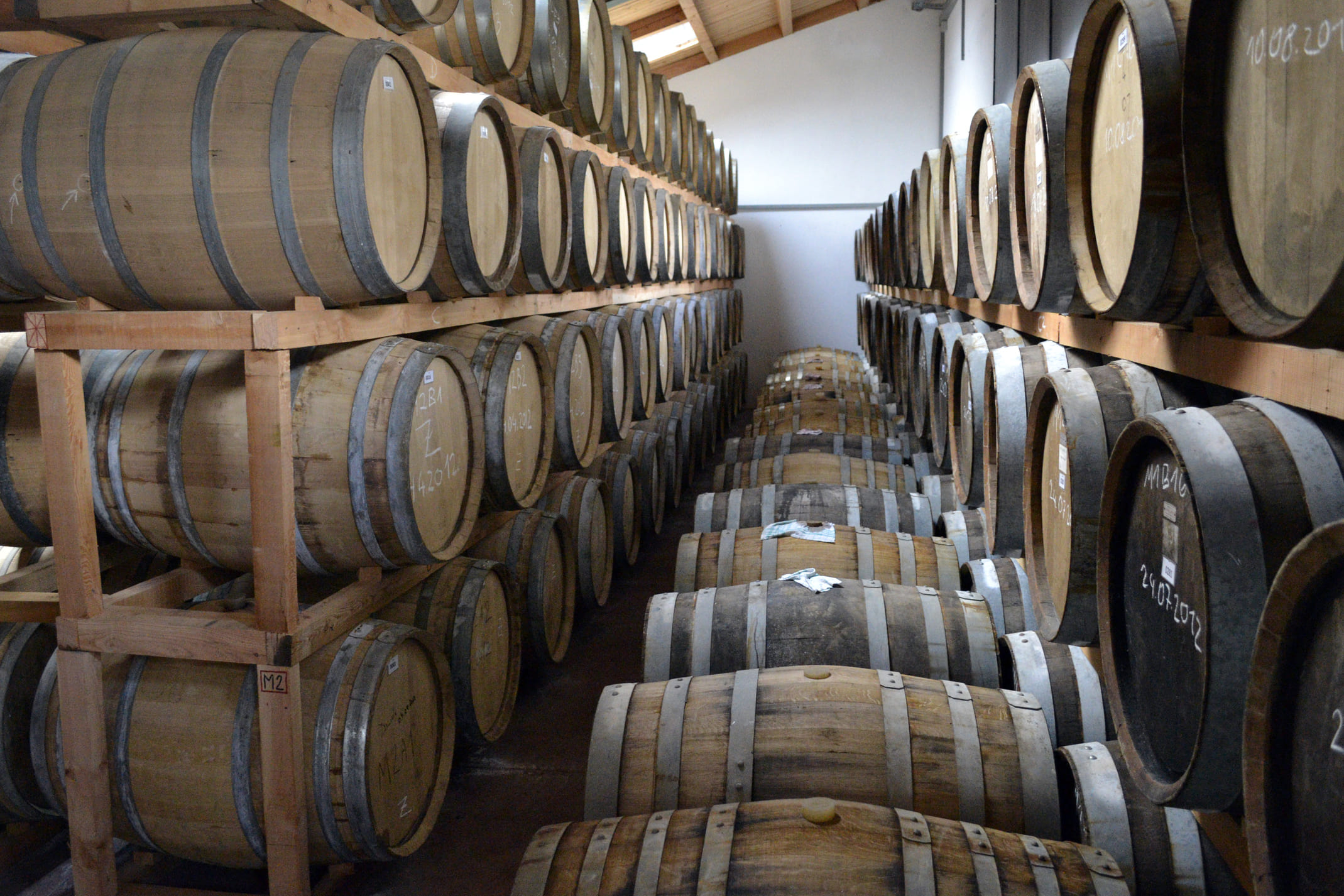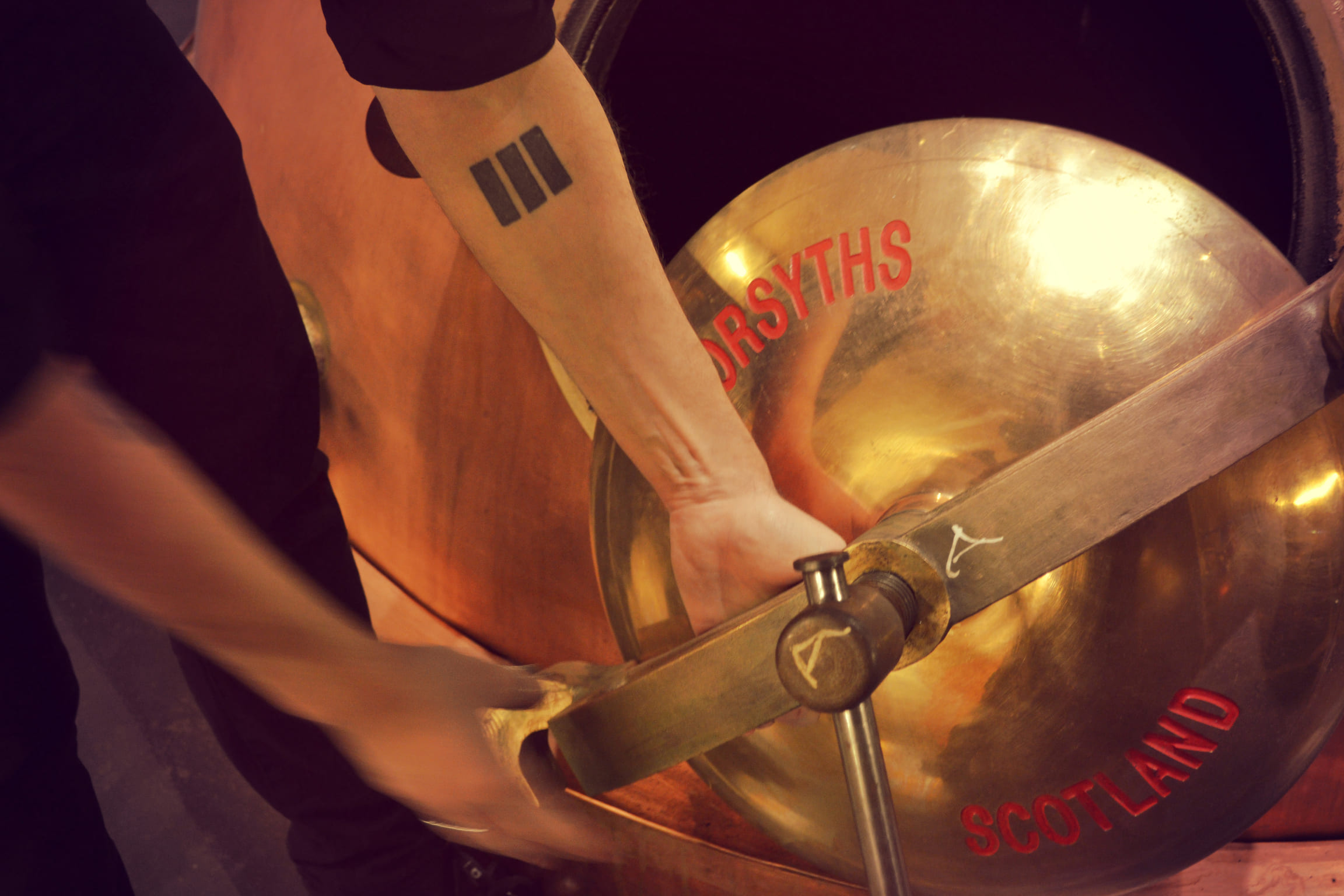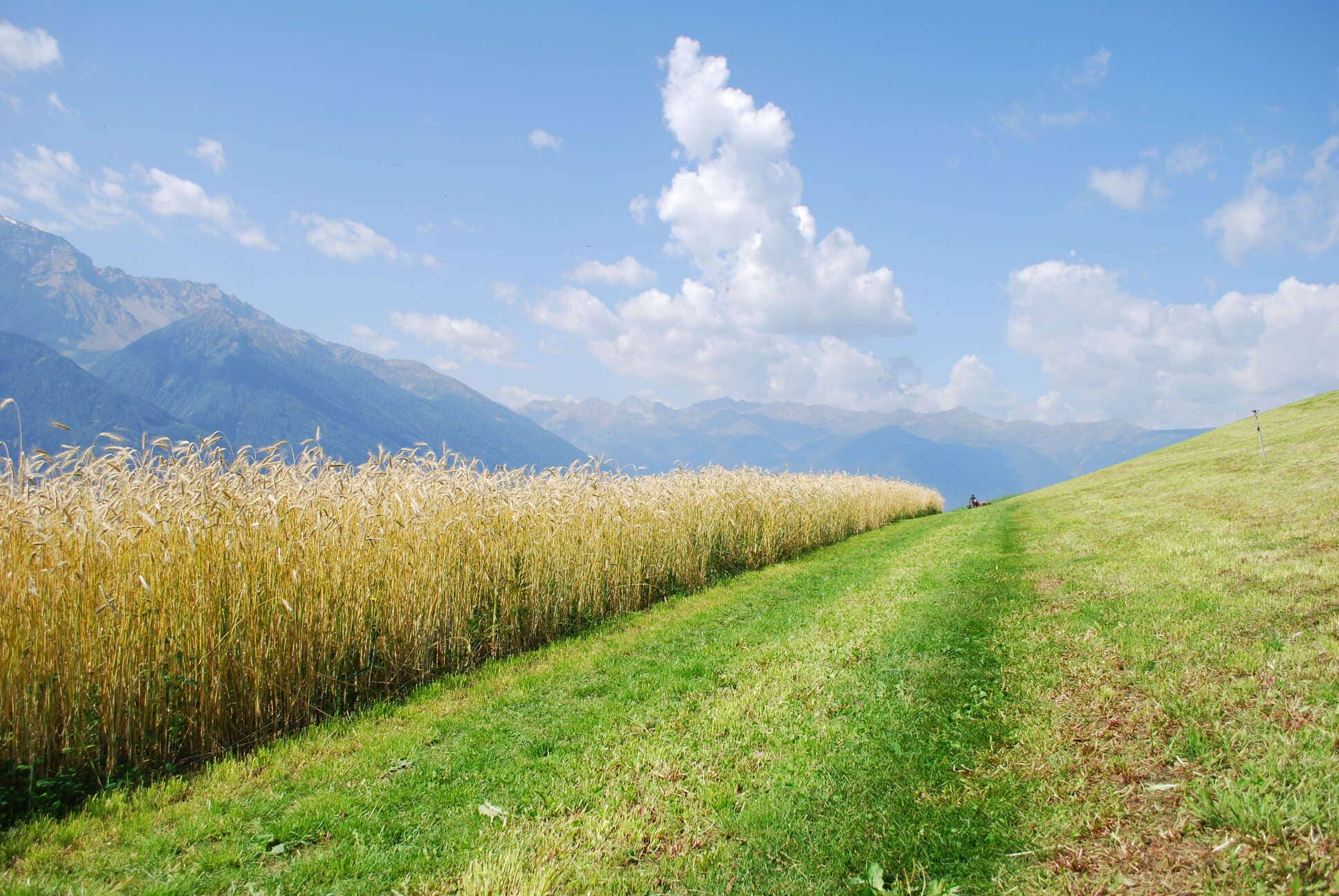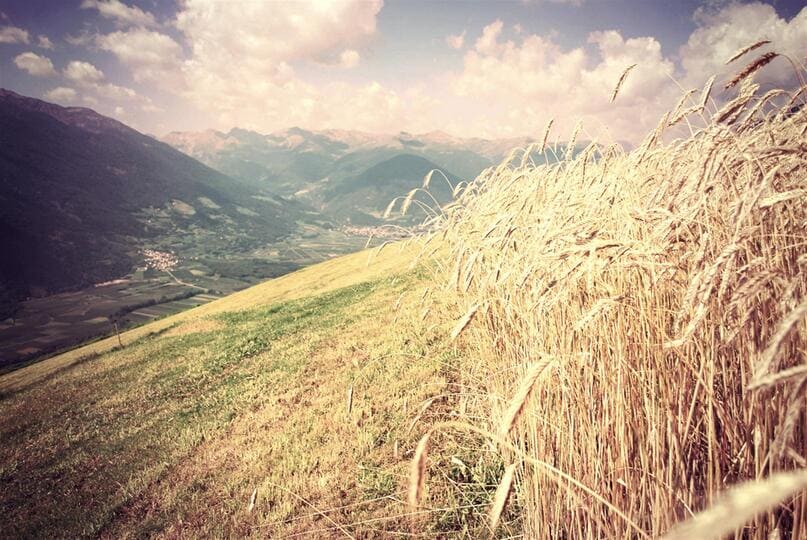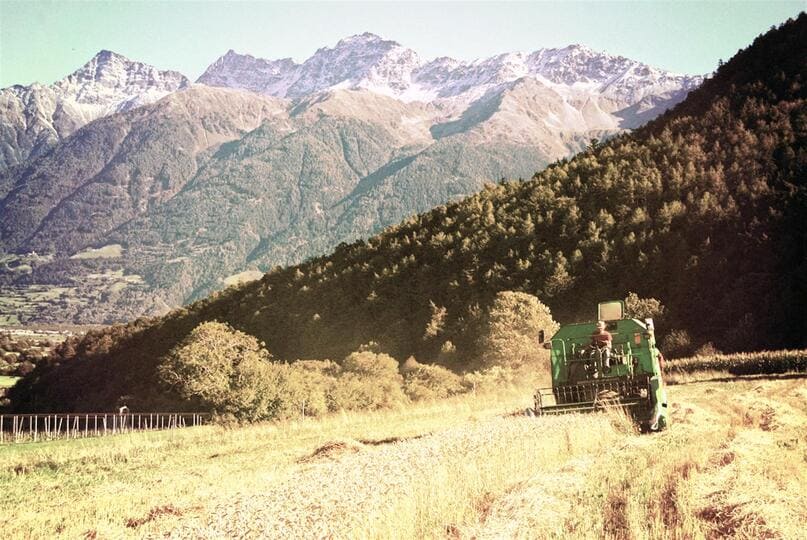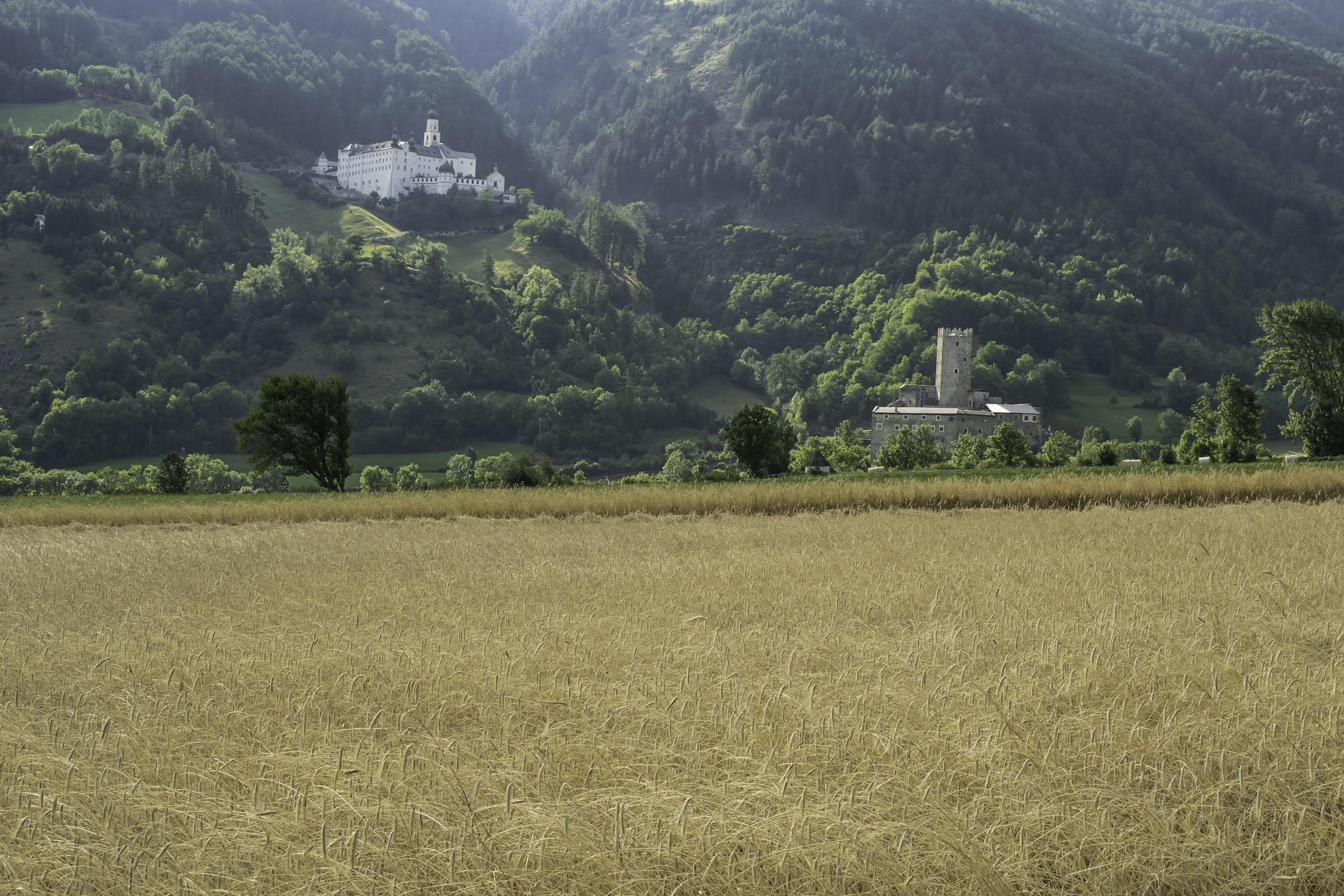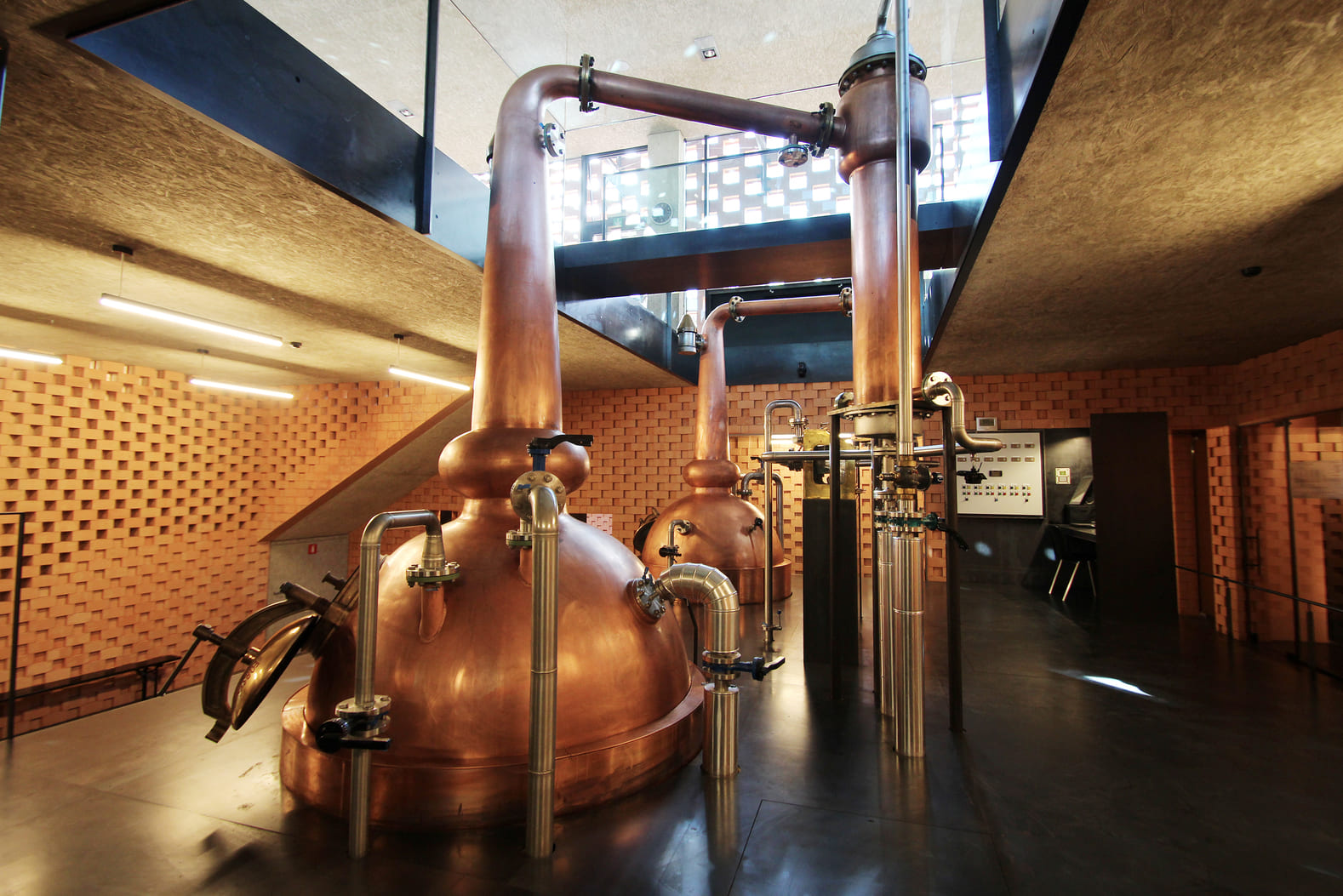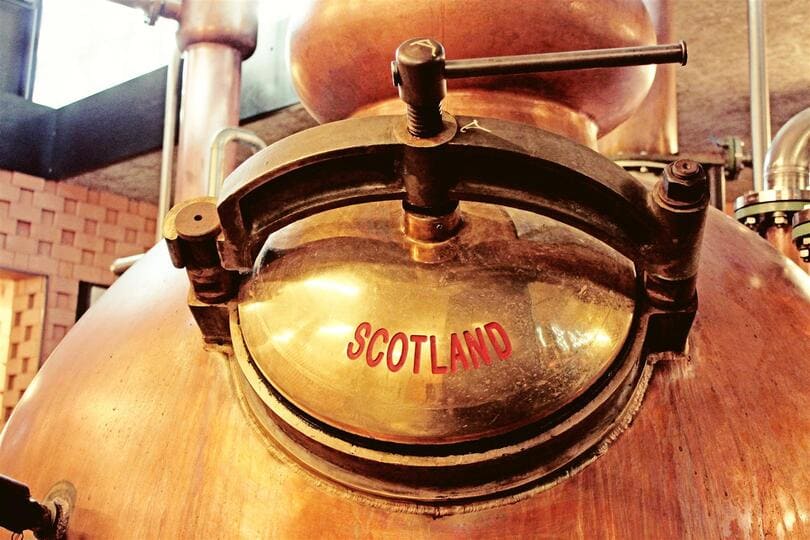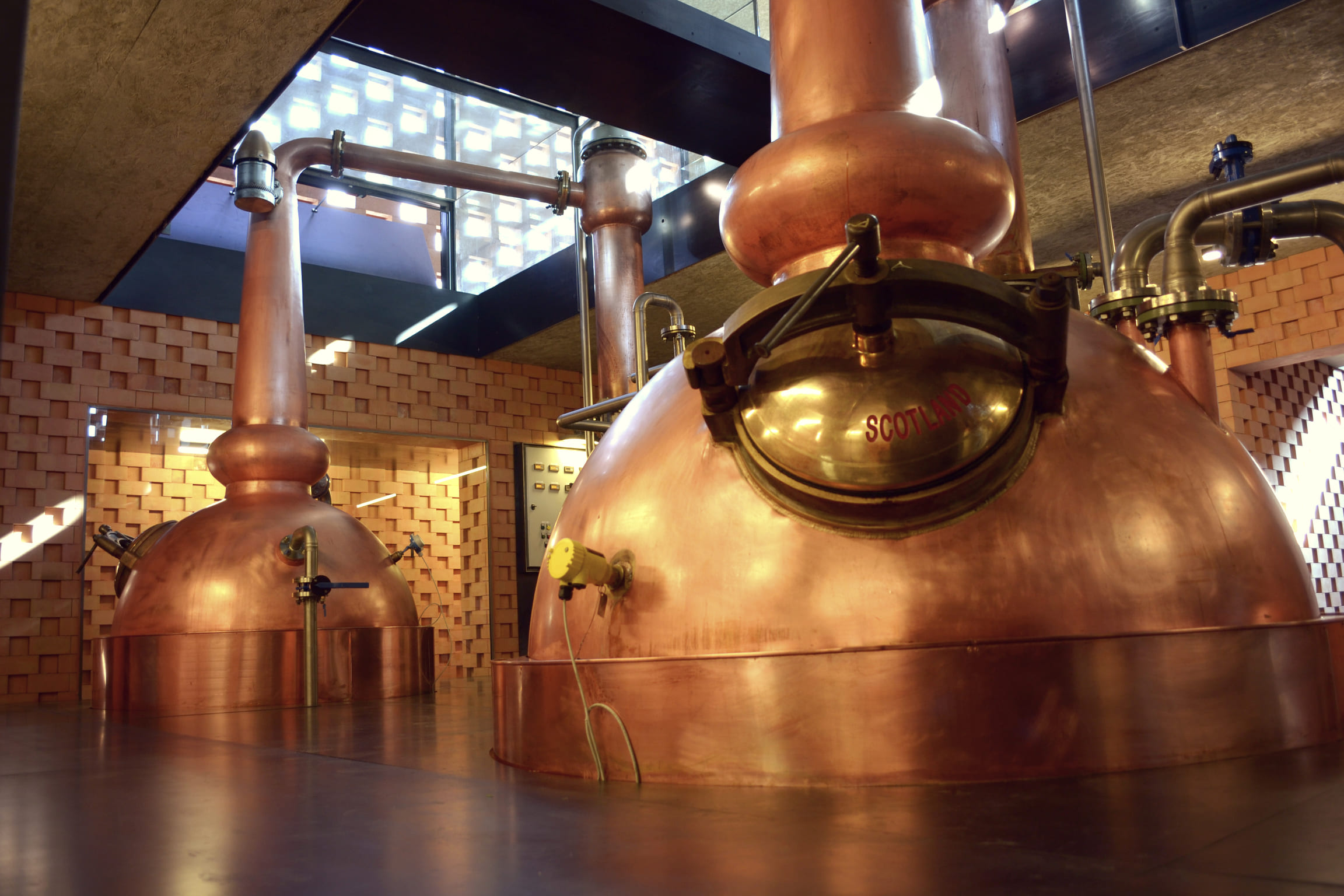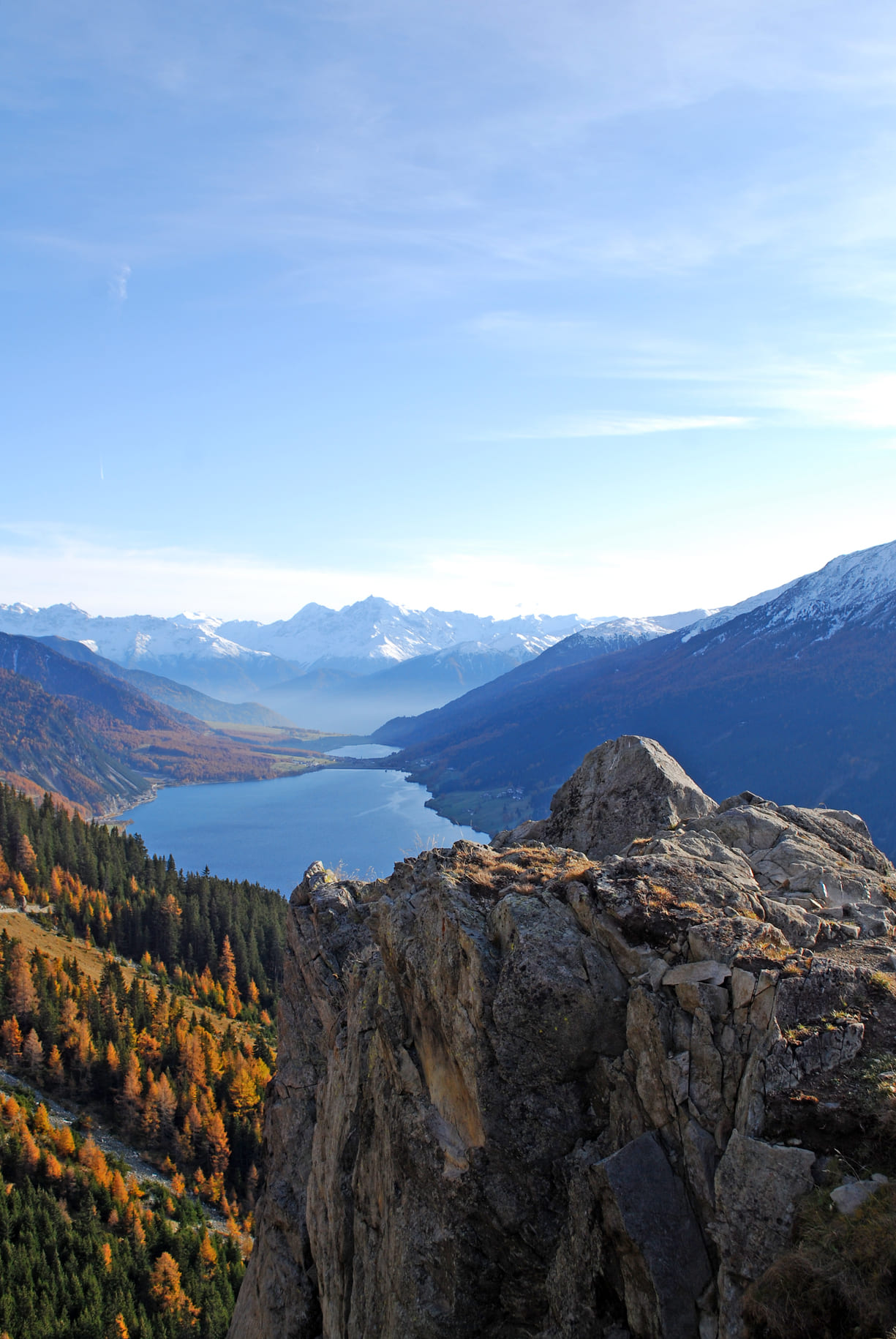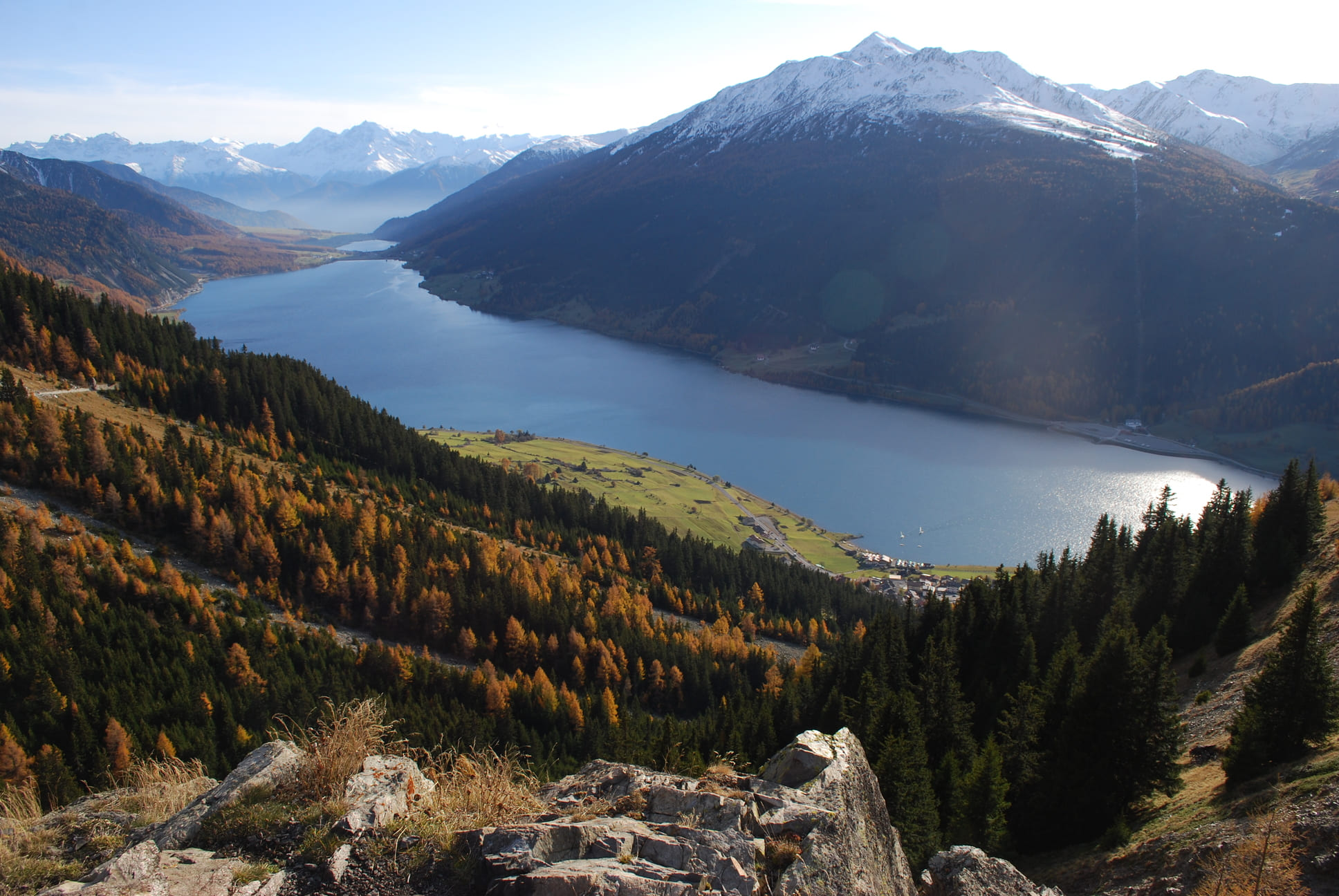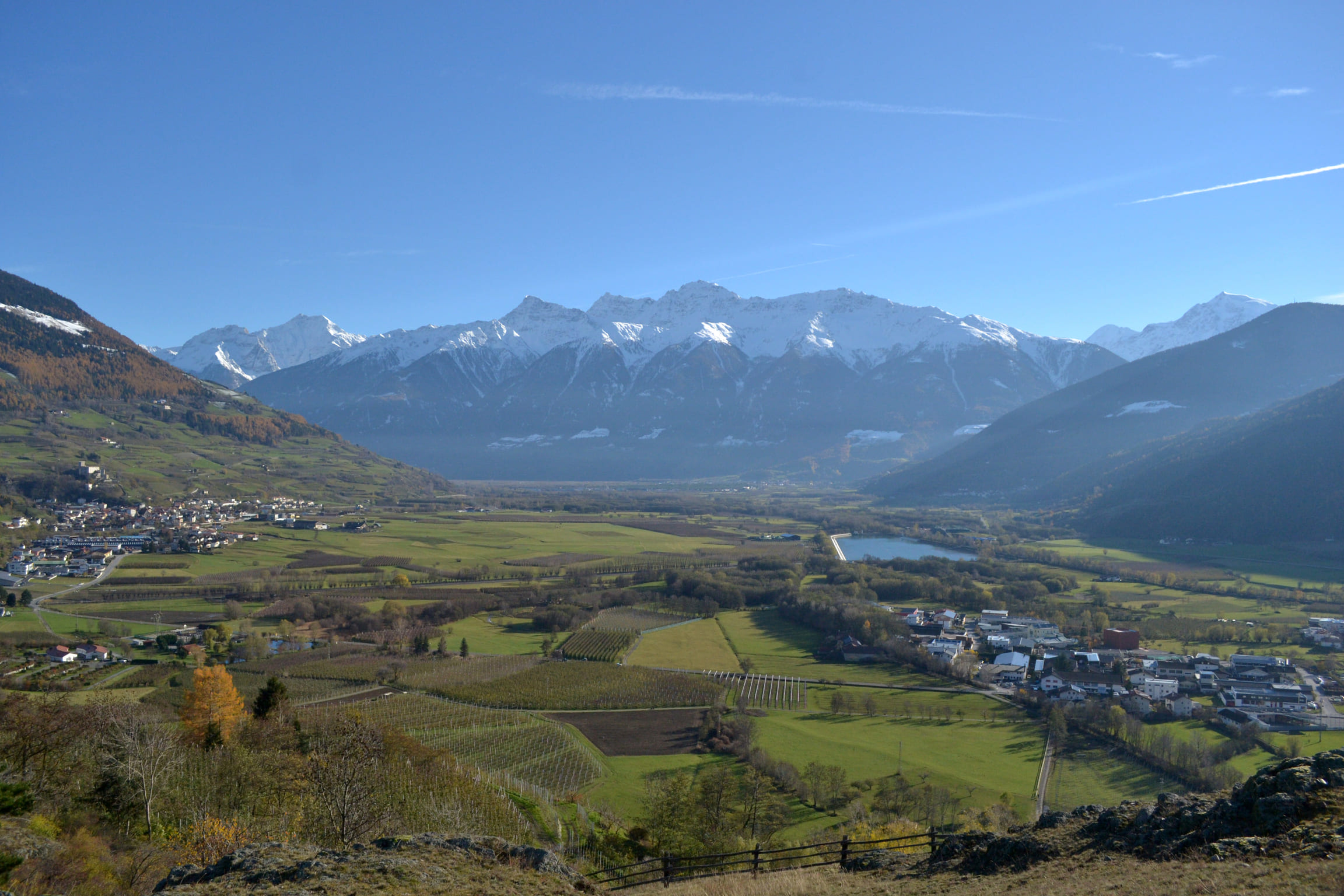A look into the whisky production at PUNI DISTILLERY
We have already told you a bit about PUNI DISTILLERY – Italy’s first whisky distillery. Today we would like to tell you how the unique whiskies from PUNI are produced. The first whisky distillery in Italy.
Malting
Only malted grain is used for the creation of the Italian Malt Whisky. The grain malt is primarily sourced from Italy and Germany. For the smoky creations, PUNI imports partly peated barley malt directly from Great Britain.
To give the whisky its distinctive taste, three types of grain malt were used for the first whiskies: Barley, Wheat and Rye. All the rye comes from the Vinschgau Valley. One of the grain fields is even located at 1,500 metres.
The grain malt varieties are stored in separate silos inside the PUNI cube and are further processed in a special blending ratio.
Mashing
One tonne of malt is ground by the mill per production day and mixed with 6000 litres of hot water in the mash tun. In this process, the starch in the malt grain is converted into malt sugar. The resulting sweet wort is pumped through a filter bottom into fermentation vats.
The mash residues that result from this process can no longer be used for whisky production. As they are very rich in protein, PUNI passes them on to local farmers as cattle feed.
Fermentation
Fermentation takes place in one of the five fermentation barrels made of South Tyrolean larch. The sweet wort is joined by the third and final raw material: yeast. Yeast fungi are microorganisms that split the malt sugar into alcohol and carbon dioxide almost exactly in half.
In addition to ethanol, a variety of aromas are formed during fermentation that influence the taste of the distillate. After about 96 hours, you get the so-called mash, which has an alcohol content of 7% and is reminiscent of strong, warm beer. This is now ready for distillation.
Distilling
For the later quality of the whisky, it is crucial that particular care is taken during distillation. The first distillation process takes around seven hours, during which the alcohol content concentrates from an initial 7% to a good 20%.
The raw water obtained from the first distillation is distilled again in the smaller still. This process separates the drinkable alcohol. This distillation is deliberately given a lot of time, which is why it can take up to twelve hours. The alcohol content increases this time from 30% to about 70%.
The finished distillate is very pure and aromatic, but still too high in percentage for the upcoming barrel storage. Therefore, it is diluted with water and filled into various wooden barrels with 60% alcohol.
Maturation
Different types of used casks are used to store the whiskies, such as bourbon casks from the USA, Marsala casks from Sicily, wine casks from South Tyrol and ex-peated casks.
Not only the type of barrel plays an important role in the maturation process, but also the prevailing climate. South Tyrol is characterised by warm, dry summers and cold, damp winters. This favours faster maturation of our barrels that are stored above ground. Even after a short maturation period, the Italian malt whisky is balanced and complex.
We can assure you that the whiskies from PUNI DISTILLERY are a very special taste experience that you have certainly never experienced before.
Anyone who has tasted the whisky once will certainly count it among their favourites from now on. The best way to experience this is during a whisky tasting and a guided tour of the distillery. And that really is an experience for all the senses.
Cheers,

The copyright of all images is held by PUNI Destillerie GmbH.
